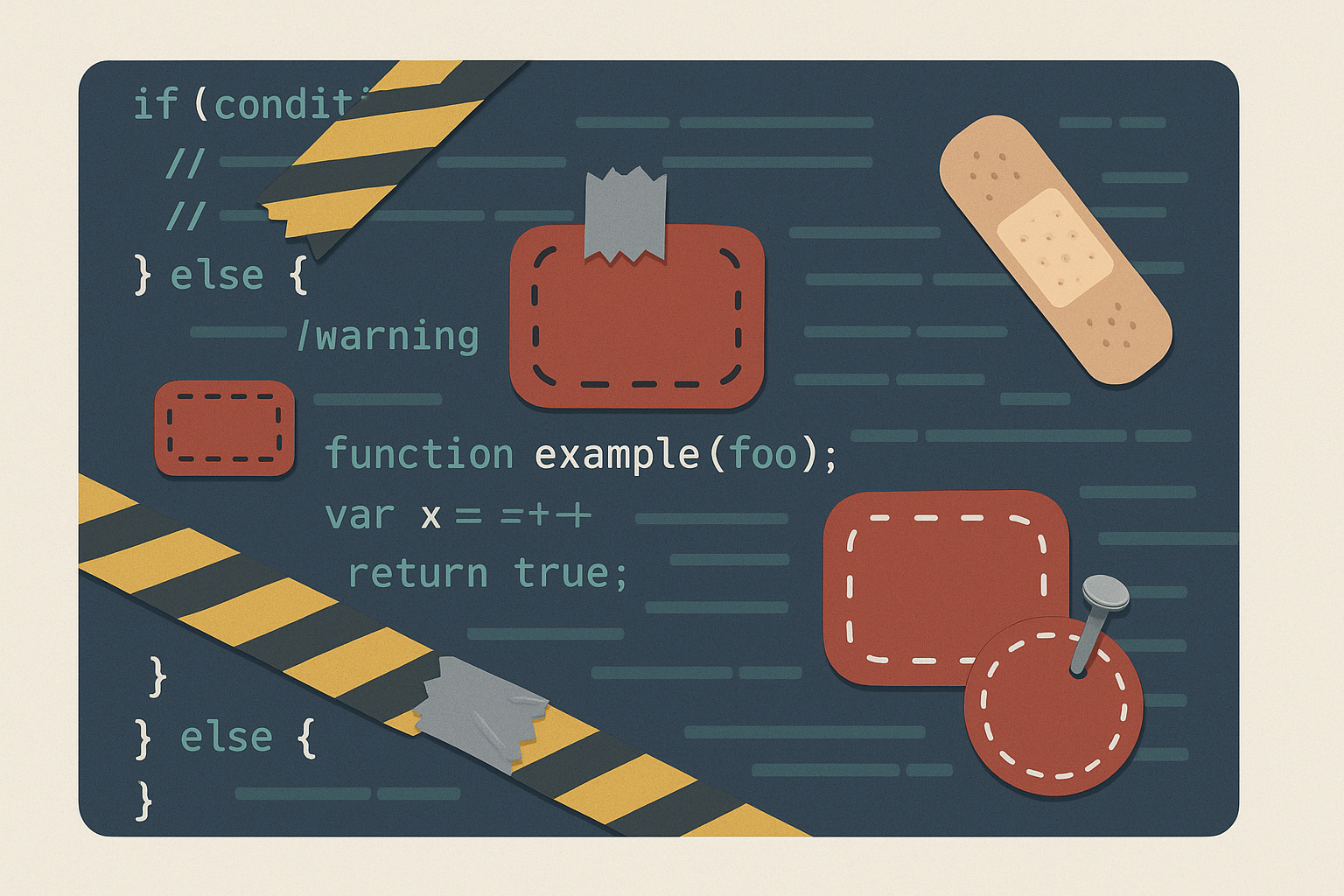In an increasingly interconnected and digitised world, the role of information technology (IT) is becoming more and more important. IT spending has become an essential part of business strategy.
In this Befree blog post we take a closer look at the data and trends in IT spending over the next few years according to multinational consultancies Gartner and IDC.
Slower than expected growth
“Macroeconomic headwinds are not slowing digital transformation“, says John-David Lovelock, distinguished vice president analyst at Gartner. “IT spending will remain strong, even as many countries are expected to have near-flat GDP growth and high inflation in 2023. Prioritisation will be critical as CIOs look to optimise spending while using digital technology to transform the enterprise value proposition, revenue and customer interactions.”
Despite this growth forecast, both consultancies agree that the increase is slow, largely due to the current economic downturn, meaning that the pace of growth experienced during 2020 and 2021, when the pandemic drove strong demand for digital services to ensure the remote operation of businesses, cannot be sustained.
According to Stephen Minton, vice president of IDC’s data and analytics research group, there are clear and measurable signs of a moderate slowdown in several technology areas since the fourth quarter of last year. Despite this, technology spending remains stable compared to other industries, although rising interest rates are affecting capital.
IT spending in figures
Gartner’s IT spending forecasts for the next few years are shown in the chart at the top of this paragraph. The US consulting firm divides total spending into five areas: communication services, IT services, software, devices and data centre systems, in order of highest to lowest investment.
By 2023, IT spending is expected to increase by 5.5% compared to last year. Spending on software will be the highest, with an increase of 12.3%. The fall in spending on devices (-4.6%) is striking. This is explained by John-David Lovelock: “Companies are prioritising spending on software to increase productivity, automation and other software-driven initiatives. Devices will decline because consumers defer purchases due to declining purchasing power and lack of incentive”.
IDC has a similar view on the matter. They say the most significant impact is still concentrated in the consumer markets, where they expect IT spending to decline by 2% this year. “This will be the second consecutive year of declining consumer technology spending, which is a huge reversal of fortune from the 18% consumer growth in 2021. On the other hand, enterprise demand for cloud and digital transformation remains strong despite economic headwinds.”






